
The effects of seasonal monsoon humidity on pet skin and fur care.
The monsoon season brings heavy rains and high humidity, which can significantly impact pets’ skin and fur health. Damp conditions encourage fungal infections, bacterial growth, matting, and unpleasant odors, while also triggering allergies. Understanding the effects of moisture, maintaining proper grooming, nutrition, and hygiene, and adopting preventive care are essential to keep pets healthy, comfortable, and happy during the rainy months.
🐶 Pet Star
54 min read · 7, Oct 2025
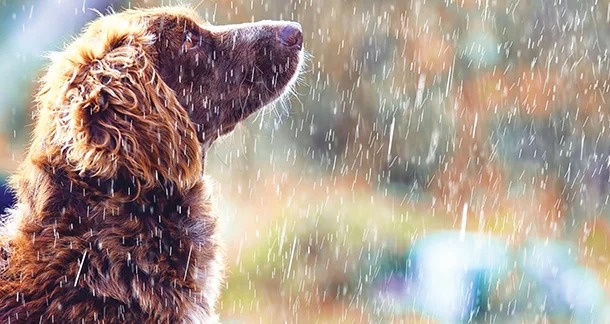
Introduction: When the Rains Bring More Than Relief
The arrival of the monsoon transforms the environment—cooler air, lush greenery, and refreshing rains that wash away the summer heat. However, for pet owners, it also signals the beginning of a challenging period. The increase in humidity can have a significant impact on your pets’ skin and fur health. Cats, dogs, and other furry companions often struggle with damp coats, fungal infections, and an unpleasant musty odor.
During monsoon, the moisture in the air prevents sweat and natural oils from evaporating effectively, creating an ideal environment for bacteria and fungi. As a result, pets that are usually comfortable may start scratching, biting their skin, or developing rashes and bald patches. Understanding the science behind how humidity affects your pet’s skin and fur, along with adopting preventive grooming and care routines, can ensure your furry friend remains comfortable and infection-free throughout the wet season.
1. Understanding Monsoon Humidity and Its Effect on Pet Skin
Monsoon humidity refers to the increased moisture content in the air, which leads to persistent dampness. While humans can shower and dry themselves frequently, pets with thick fur retain this moisture longer, leading to several skin-related complications.
a) Disrupted Skin Barrier Function:
The skin acts as the first line of defense against pathogens. During humid conditions, the skin’s pH balance may shift, weakening its natural barrier. This allows bacteria and fungi—especially Malassezia yeast—to proliferate, resulting in dermatitis and itchy, flaky skin.
b) Excessive Moisture and Fungal Infections:
Humidity promotes fungal infections such as ringworm, a contagious condition that causes circular bald patches. Dogs with floppy ears, like Cocker Spaniels and Beagles, are particularly prone to ear yeast infections during monsoon due to trapped moisture.
c) Allergic Reactions and Irritations:
Humidity increases pollen, mold, and dust mite activity, triggering allergies in sensitive pets. This can manifest as constant licking, redness, or rashes in areas like the paws and belly.
2. The Impact of Humidity on Pet Fur Health
Your pet’s fur acts as a natural insulator, protecting the skin from temperature extremes. But during monsoon, this same coat can become a breeding ground for problems if not properly maintained.
a) Matting and Tangling:
Moisture softens the fur, making it more susceptible to tangling and matting. Mats not only trap dirt and parasites but also prevent air circulation, leading to skin suffocation and infections.
b) Dull and Greasy Appearance:
Humidity increases sebum production in the skin, leading to greasy or sticky fur. This buildup attracts dirt and creates a musty odor that can be hard to eliminate without proper grooming.
c) Shedding and Hair Loss:
Due to excess moisture and poor skin health, pets may experience increased hair shedding or bald patches. This is often linked to secondary infections caused by excessive scratching.
d) Odor Build-Up (“Wet Dog Smell”):
The infamous “wet dog smell” occurs because of bacteria that release volatile compounds when exposed to moisture. Without proper drying, these odors become persistent during monsoon months.
3. Common Monsoon Skin and Fur Issues in Pets
Monsoon humidity can cause or aggravate several skin and fur-related conditions. Some of the most common include:
1. Fungal Dermatitis:
Characterized by red patches, circular hair loss, and itching, fungal dermatitis is one of the top monsoon-related infections in pets.
2. Hot Spots (Moist Dermatitis):
These are inflamed, wet areas caused by persistent licking or scratching. They spread rapidly in humid weather and require immediate attention.
3. Parasitic Infestations:
Moist environments attract ticks, fleas, and mites, all of which can burrow into damp fur and irritate the skin.
4. Ear Infections:
Floppy-eared dogs or cats with thick fur around the ears are at risk of ear infections due to moisture accumulation.
5. Dandruff and Flaky Skin:
Contrary to popular belief, humidity doesn’t always hydrate the skin. It can lead to imbalances that cause dry, flaky skin or oily dandruff.
4. Preventive Care: Keeping Skin and Fur Healthy During Monsoon
Effective pet care during monsoon requires preventive grooming and consistent hygiene routines. Here’s a detailed breakdown of what owners should do:
a) Regular Grooming and Bathing
- Frequency: Bathe your pet once every 10–15 days using a mild, antifungal shampoo containing ingredients like ketoconazole or chlorhexidine.
- Drying: Always ensure thorough drying using towels and a pet-safe hair dryer at low heat. Moisture left behind in the fur or skin folds can trigger infections.
- Brushing: Daily brushing prevents matting, stimulates blood circulation, and allows early detection of ticks or rashes.
b) Moisture Control in Living Spaces
- Use a dehumidifier or ensure good ventilation in your pet’s sleeping area.
- Change bedding frequently, and wash with antibacterial detergent.
- Keep pets away from puddles and damp lawns that may harbor parasites.
c) Nutrition and Supplements
- Include Omega-3 fatty acids and Vitamin E in your pet’s diet to improve coat shine and skin resilience.
- Hydration is key—ensure fresh water is always available.
- For pets with chronic skin issues, consult a vet about probiotics that enhance skin health from within.
d) Paw and Ear Care
- After walks: Wipe paws thoroughly to remove mud and allergens.
- Ear cleaning: Use vet-approved ear cleaners to remove excess moisture, especially in floppy-eared breeds.
- Tick prevention: Regularly apply tick and flea repellents prescribed by your veterinarian.
e) Professional Grooming
- Periodic grooming by professionals ensures trimming of excess fur, which helps improve air circulation and prevents fungal buildup.
- Some pet salons offer anti-fungal coat treatments that act as an additional barrier against infections.
5. Managing Infections and Skin Problems During Monsoon
Despite preventive care, some pets may still develop skin problems during humid months. Timely identification and treatment are essential.
a) Identifying Symptoms Early
Look out for:
- Persistent scratching or licking
- Redness, scabs, or rashes
- Unpleasant odor from the coat or ears
- Sudden hair loss or bald spots
- Restlessness or discomfort during grooming
b) Veterinary Intervention
Never self-medicate pets with human antifungal creams or antibiotics. A veterinarian can accurately diagnose the issue and prescribe:
- Topical treatments for mild infections
- Oral antifungal or antibiotic medications for severe cases
- Medicated shampoos or ear drops for recurring fungal issues
c) Post-Recovery Care
Once healed, continue routine hygiene practices to avoid recurrence. Pets recovering from fungal or bacterial infections benefit greatly from monthly antifungal baths and dietary skin support.
6. Psychological Effects of Humidity and Monsoon on Pets
Beyond physical discomfort, high humidity also affects pets emotionally and behaviorally.
- Increased Irritability: Constant itchiness and discomfort can make pets anxious or aggressive.
- Reduced Activity: Damp weather often discourages outdoor walks, leading to boredom and weight gain.
- Restlessness: Fungal itch and parasites can disturb sleep patterns.
To counter these effects:
- Provide indoor playtime and enrichment toys.
- Keep a calm environment with soothing background music during heavy rain.
- Maintain a fixed daily routine to help pets feel secure.
7. Breeds Most Affected by Monsoon Humidity
Certain breeds are more susceptible to humidity-related skin and fur issues due to their coat type and genetic predispositions:
- Long-haired dogs: Golden Retrievers, Shih Tzus, Lhasa Apsos
- Floppy-eared dogs: Beagles, Cocker Spaniels, Basset Hounds
- Double-coated breeds: Huskies, Labradors, German Shepherds
- Flat-faced breeds: Pugs and Bulldogs—due to skin folds trapping moisture
- Cats: Persian and Himalayan cats are more prone to fungal infections
For these breeds, professional grooming and regular vet check-ups during monsoon months are non-negotiable.
8. Home Remedies and Natural Care Tips
While veterinary advice is crucial, some natural remedies can provide relief when used cautiously:
- Coconut oil: Acts as a mild antifungal moisturizer; apply lightly to dry patches.
- Apple cider vinegar (diluted): Can be used as a natural disinfectant rinse for paws.
- Neem oil: Known for antifungal properties, but should be diluted before use.
- Oatmeal baths: Help soothe itchy skin and restore natural oils.
Always test any natural remedy on a small patch first to rule out allergic reactions.
The monsoon season, with its characteristic heavy rains and soaring humidity, presents a unique set of challenges for pet owners, particularly concerning the skin and fur health of their animals, as pets are highly sensitive to environmental changes, and the persistent dampness in the air can exacerbate underlying skin conditions or create new issues that are often overlooked until they become severe, because unlike humans, pets cannot remove moisture from their fur by simply changing clothes or adjusting their environment, and their thick coats, particularly in long-haired or double-coated breeds, act like sponges, trapping water and moisture close to the skin, which creates the perfect environment for bacterial and fungal proliferation, leading to conditions such as dermatitis, fungal infections like ringworm, and yeast infections, especially in areas prone to moisture accumulation such as ear canals, skin folds, and underbelly regions, and the problem is further intensified in breeds with floppy ears, such as Cocker Spaniels, Beagles, and Basset Hounds, as the trapped moisture reduces airflow and allows pathogens to thrive, resulting in painful infections that cause pets to scratch, lick, and bite affected areas, which can then escalate into secondary infections, all of which are compounded by the natural increase in sebum production during humid months, leading to greasy, sticky fur that attracts dirt and produces unpleasant odors, commonly referred to as the “wet dog smell,” which is caused by the release of volatile compounds by bacteria colonizing the damp coat, and this odor can be pervasive and difficult to eliminate without thorough bathing and drying, yet bathing too frequently with harsh shampoos can strip the skin of its natural oils, causing dryness, irritation, and further vulnerability to infections, which is why balanced grooming routines with mild antifungal shampoos are essential, ideally once every 10 to 15 days, followed by careful drying with towels or a low-heat pet-safe hairdryer to ensure no moisture remains in fur or skin folds, while daily brushing is equally important to prevent matting, which is a common monsoon problem because wet fur tangles easily, restricting airflow to the skin, trapping allergens, dirt, and parasites such as ticks and fleas, and leading to discomfort, scratching, and even hair loss, while also providing an opportunity for owners to detect early signs of rashes, bald patches, or infestations before they escalate, because humidity also indirectly affects pets’ immune response by promoting the growth of mold, pollen, and dust mites, all of which are allergens that can trigger itching, redness, and inflammatory reactions, especially in sensitive pets, and it is equally important to maintain a dry, clean, and well-ventilated environment, including washing pet bedding frequently with antibacterial detergents, using dehumidifiers in rooms prone to dampness, and keeping pets away from stagnant puddles and damp lawns that may harbor parasites, as well as ensuring proper hydration and nutrition, since a diet rich in Omega-3 fatty acids, Vitamin E, and other skin-supportive nutrients strengthens the skin barrier, promotes a healthy, shiny coat, and reduces susceptibility to infections, while probiotics may help regulate the microbiome of the skin and gut, contributing to overall immunity, and even with all preventive measures, some pets may still develop hot spots, moist dermatitis, ear infections, dandruff, or fungal infections, which must be addressed promptly with professional veterinary care to prevent chronic issues, as over-the-counter human medications are not suitable for animals and can worsen the condition, so treatment typically involves medicated shampoos, topical antifungal creams, oral medications, or specialized ear drops, depending on the severity and location of the infection, and post-recovery care is equally critical, requiring ongoing hygiene, routine monitoring, and potentially monthly antifungal baths to prevent recurrence, while psychological impacts of monsoon humidity should not be overlooked, as persistent itching, discomfort, and restricted outdoor activity can lead to irritability, restlessness, anxiety, and reduced physical exercise, so providing indoor play, mental stimulation, and a structured daily routine can alleviate stress and maintain a pet’s overall well-being, particularly in breeds most affected by humidity, such as long-haired dogs like Golden Retrievers, Shih Tzus, and Lhasa Apsos, double-coated breeds like Huskies, Labradors, and German Shepherds, flat-faced breeds like Bulldogs and Pugs with skin folds that trap moisture, and Persian or Himalayan cats prone to fungal infections, and for these breeds, professional grooming is highly recommended during monsoon months to trim excess fur, ensure proper coat ventilation, and apply antifungal protective treatments if necessary, while home remedies such as light applications of coconut oil, diluted apple cider vinegar rinses, neem oil, or oatmeal baths can provide additional relief for minor irritation or dryness, but should always be tested cautiously to avoid allergic reactions, and it is critical to maintain a holistic approach that combines environmental control, proper grooming, nutrition, vigilance for symptoms, and professional intervention when needed, because only a comprehensive strategy can mitigate the wide range of complications that high humidity introduces, ensuring that pets remain comfortable, healthy, and active throughout the rainy season, while simultaneously educating pet owners on the importance of preventive care, consistent monitoring, and understanding the biological and environmental factors that influence pet skin and fur health during monsoon, as neglecting these aspects can lead to chronic skin conditions, recurring infections, behavioral issues, and overall reduced quality of life for pets, making proactive measures, awareness, and regular interaction with veterinarians and professional groomers indispensable tools for responsible pet ownership during this challenging, moisture-laden season.
The seasonal monsoon, while providing much-needed relief from scorching summer heat, brings with it extremely high humidity levels that significantly affect pets, particularly their skin and fur, as increased moisture in the air creates an environment where bacteria, fungi, and parasites can thrive, leading to a wide range of health issues that require careful attention and preventive measures, and pets, unlike humans, are unable to regulate their exposure to environmental moisture or remove excess dampness from their fur, making them highly susceptible to infections, irritation, and discomfort, and this is especially true for breeds with thick, long, or double-layered coats such as Golden Retrievers, Shih Tzus, Huskies, and Persians, as well as for animals with floppy ears like Beagles, Cocker Spaniels, and Basset Hounds, where moisture becomes trapped in ear canals and skin folds, promoting the growth of yeast, bacteria, and fungi, which often results in painful ear infections, hot spots, and fungal dermatitis, with symptoms including redness, itching, flaky or greasy skin, bald patches, foul odors, and constant scratching or licking, all of which can significantly reduce a pet’s quality of life and cause behavioral changes such as irritability, restlessness, and anxiety, and the problem is further compounded by the fact that monsoon humidity increases the activity of allergens such as pollen, dust mites, and mold spores, which can trigger allergic reactions in sensitive pets, leading to further itching, inflammation, and skin damage, while excess moisture softens fur and makes it prone to matting and tangling, which not only traps dirt and allergens but also prevents proper airflow to the skin, exacerbating irritation and increasing the risk of secondary infections, and the combination of trapped moisture, increased sebum production, and bacterial activity is what causes the characteristic “wet dog smell” during monsoon, which can linger and become difficult to manage without proper hygiene, and while regular bathing with mild, antifungal pet shampoos every 10–15 days is recommended, overbathing with harsh products can strip the skin of essential oils, causing dryness, flakiness, and additional irritation, making it essential to strike a balance between cleanliness and maintaining the natural protective barrier of the skin, and after bathing, thorough drying with towels or a low-heat pet-safe hairdryer is crucial to remove any remaining moisture from fur and skin folds, while daily brushing helps prevent matting, stimulates blood circulation, and allows pet owners to identify early signs of rashes, parasites, or infection before they worsen, and beyond direct skin and coat care, the environment plays a significant role, requiring that pets’ living areas be kept clean, dry, and well-ventilated, with frequent washing of bedding, use of dehumidifiers in particularly damp spaces, and avoidance of stagnant water or muddy areas that can harbor parasites such as ticks and fleas, and diet also plays a vital role in maintaining skin and coat health during the monsoon, with omega-3 fatty acids, vitamin E, and other nutrients promoting skin resilience, coat shine, and reduced inflammation, while probiotics can support a healthy gut microbiome that indirectly strengthens the immune system and skin defenses, and despite all preventive measures, pets may still experience fungal infections, hot spots, ear infections, dandruff, or other monsoon-related complications that require timely veterinary intervention, as self-medicating with human creams or antibiotics can be dangerous and ineffective, and treatment usually involves topical or oral antifungal medications, medicated shampoos, or ear drops depending on the severity, and after recovery, continued care is necessary to prevent recurrence, including regular grooming, environmental maintenance, and monitoring for early symptoms, while psychological effects of the monsoon, such as reduced outdoor activity, boredom, and discomfort from persistent itchiness, must also be managed with indoor play, enrichment toys, and maintaining a structured daily routine to reduce stress and support overall well-being, and certain breeds, including long-haired, double-coated, flat-faced, and Persian or Himalayan cats, are particularly vulnerable and may benefit from professional grooming to trim excess fur, improve air circulation, and apply protective antifungal treatments, and natural remedies such as coconut oil, diluted apple cider vinegar rinses, neem oil, and oatmeal baths can provide soothing relief for minor skin irritations but should always be tested cautiously to avoid allergic reactions, and in essence, monsoon humidity challenges pet owners to be proactive, vigilant, and consistent in their grooming, environmental management, nutritional support, and veterinary care to ensure pets remain comfortable, healthy, and active during the rainy season, while minimizing the risk of infections, hair loss, foul odors, and behavioral issues, as neglecting these factors can lead to chronic skin conditions, recurring infections, and overall reduced quality of life for pets, making a comprehensive approach combining hygiene, nutrition, preventive care, and professional guidance indispensable for responsible pet ownership during this challenging, moisture-laden season, emphasizing the importance of understanding the biological and environmental factors affecting pets’ skin and fur health in order to maintain their well-being, happiness, and comfort throughout the monsoon months.
Conclusion
The monsoon season, though refreshing, can be quite challenging for pets. The elevated humidity disrupts the natural balance of their skin and fur, creating conditions ripe for fungal infections, matting, and odor buildup. Understanding the link between moisture and skin health helps pet owners take proactive steps—regular grooming, maintaining a dry environment, proper diet, and timely veterinary care.
The key to managing pet skin and fur health during monsoon lies in prevention, early detection, and consistent hygiene. By maintaining a regular grooming schedule, keeping living areas moisture-free, and ensuring good nutrition, pet owners can protect their furry companions from discomfort and infection. The result is a happy, healthy, and shiny-coated pet that enjoys the rain without suffering its side effects.
Q&A Section
Q1 :- What are the most common skin problems pets face during monsoon?
Ans :- The most common issues include fungal infections, hot spots, dandruff, ear infections, and increased parasitic infestations due to trapped moisture and humidity.
Q2 :- How can I prevent my pet’s fur from smelling bad during the rainy season?
Ans :- Dry your pet thoroughly after every bath or walk, brush daily, and use antifungal shampoos. Clean bedding regularly and ensure proper ventilation in your pet’s living space.
Q3 :- Is it safe to bathe pets frequently during monsoon?
Ans :- Bathing once every 10–15 days with a mild antifungal shampoo is ideal. Overbathing can strip natural oils and worsen skin dryness, while infrequent bathing can lead to odor and infection.
Q4 :- Can humidity cause hair loss in pets?
Ans :- Yes, excessive humidity can lead to fungal or bacterial infections that cause itching and hair loss. Poor coat maintenance can further worsen shedding.
Q5 :- What dietary supplements support skin and coat health in humid weather?
Ans :- Omega-3 fatty acids, Vitamin E, and probiotics help strengthen skin barriers, reduce inflammation, and promote healthy fur growth.
Similar Articles
Find more relatable content in similar Articles
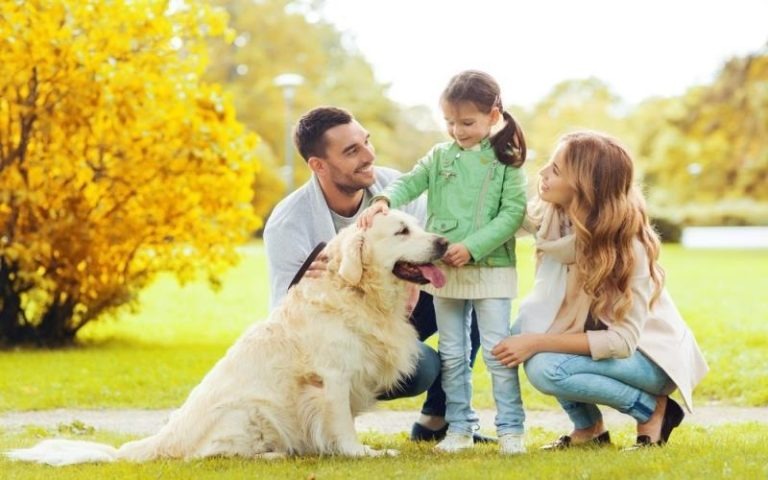
How Pets Strengthen Family Bonds...
Pets are more than just compan.. Read More
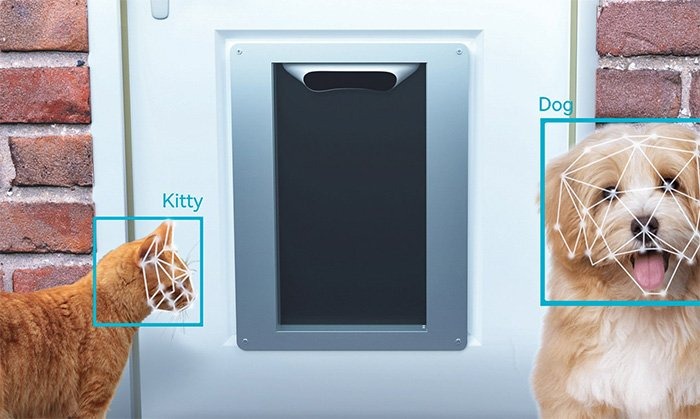
Smart Homes for Pets: Automated Feeders, Doors, and Mo..
As smart home technology advan.. Read More
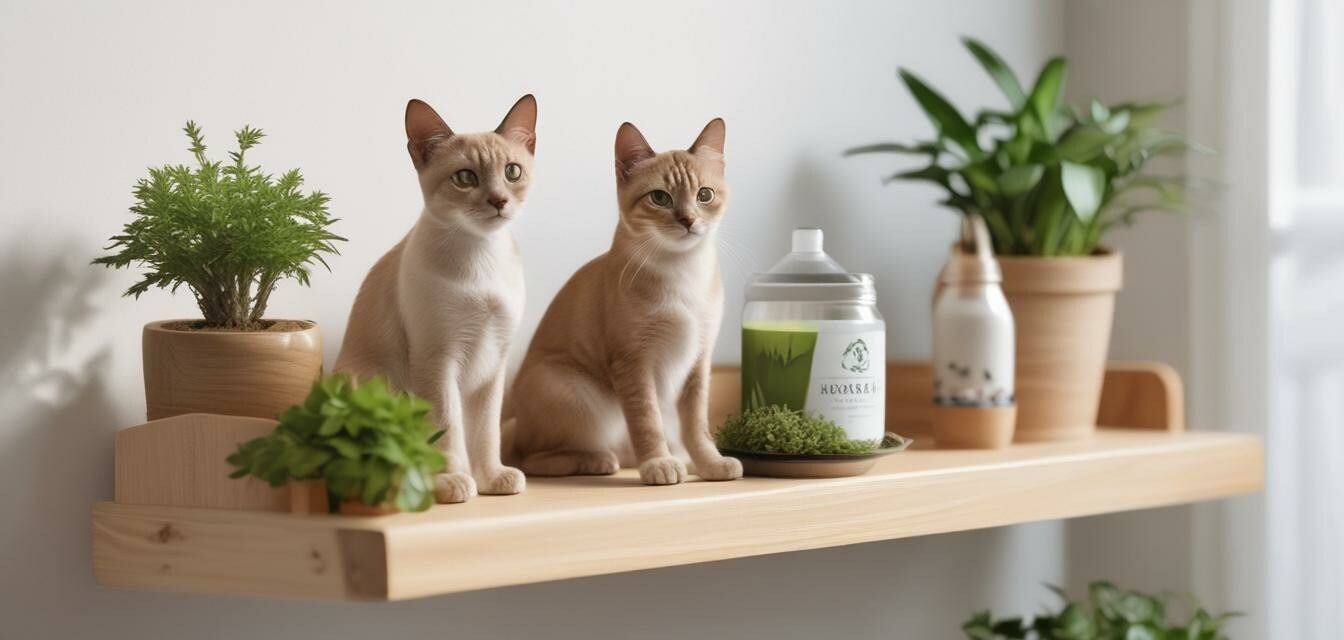
Sustainable Pet Products: What to Look for in 2025...
As sustainability becomes a ce.. Read More
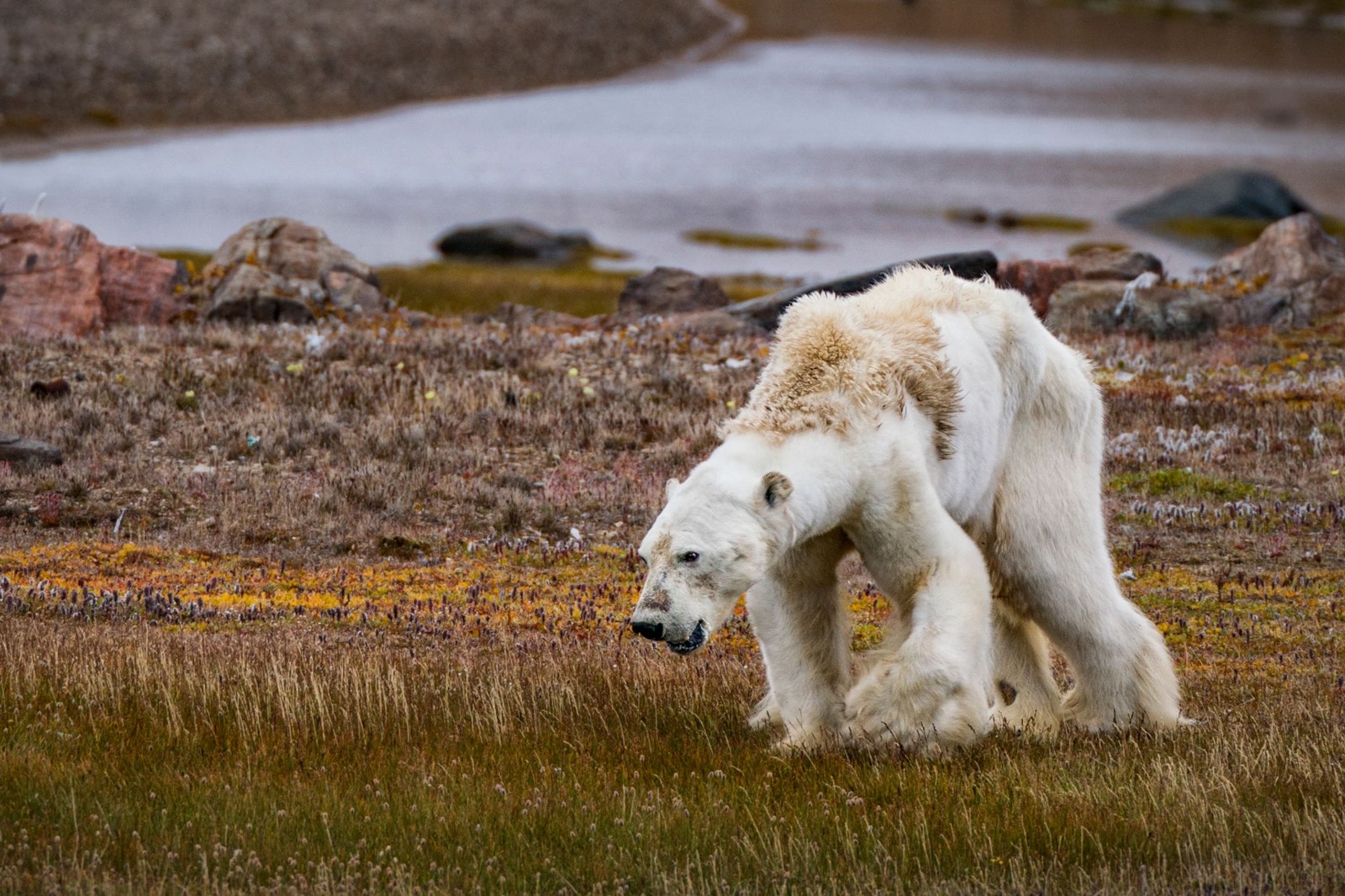
How Climate Change Affects Wild and Domestic Animals...
Climate change is dramatically.. Read More
Explore Other Categories
© 2024 Copyrights by rPets. All Rights Reserved.